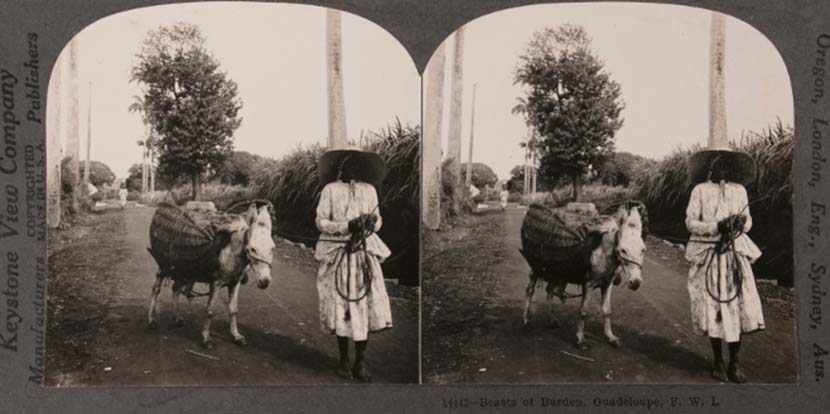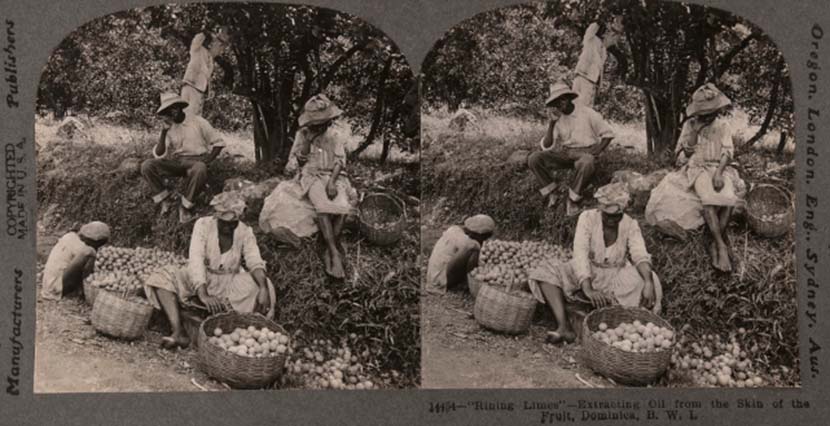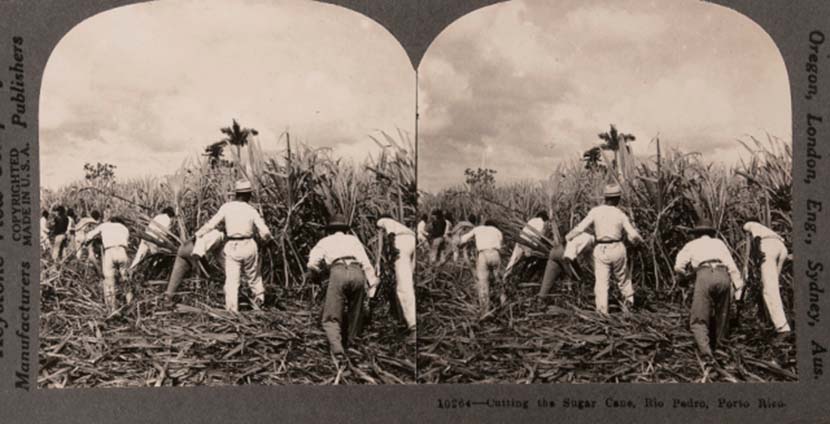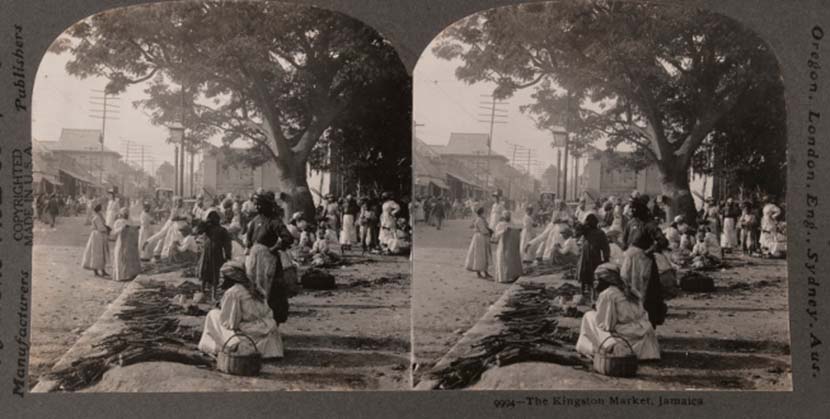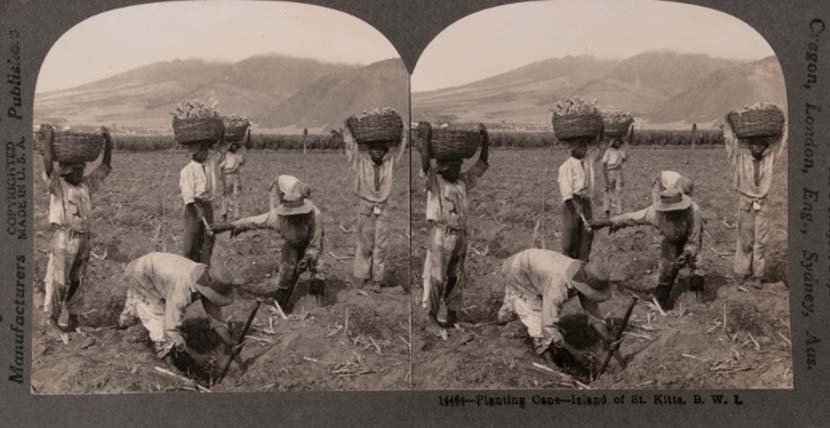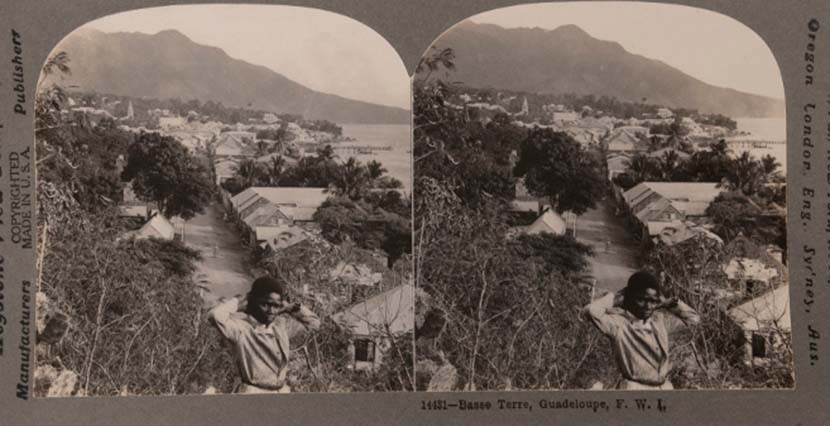
Stereoviews of pride
Taken in the Caribbean between 1903 and 1907 by the American company "Keystone", these Stereoscopic Photographs (stereoviews) offer an exceptional view of this area, in some instances less than 60 years after the end of slavery.
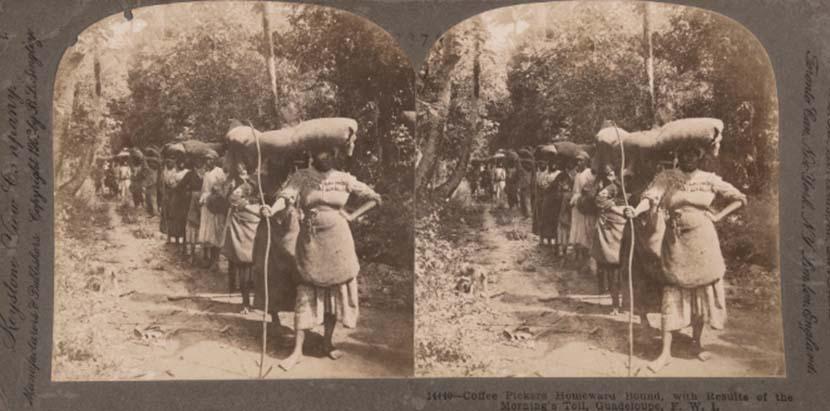
The stereoviews show how photography was used to portray the workers everyday lives often in a stylised manner, however despite the colonial gaze of the operator, we can clearly see in the position, gesture and body language all the pride and dignity of these men and women, who have not been crushed by centuries of enslavement.
In 1840 just one year after Louis Daguerre took out the patent for photography in France, the medium arrived in the Caribbean, where people were among the very first to be photographed.
Photographic archives in the region are scattered and fragmented held by various public institutions and private collections.
The first stereoviewer was invented by the English scientist Charles Wheastone in 1838, and became quickly a very popular and unique way to “visit the world” with the first 3D Illusion.

